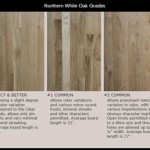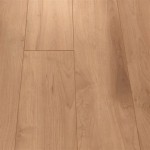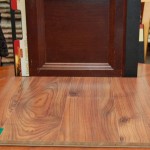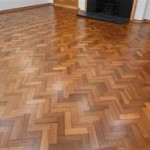Essential Aspects of Foam Underlay for Engineered Flooring
Engineered flooring has gained popularity as a durable and stylish flooring option. Foam underlay plays a crucial role in maximizing its performance and longevity. Here are the essential aspects to consider when selecting and installing foam underlay for engineered flooring:
1. Thickness and Density
The thickness of the foam underlay determines its level of cushioning and sound absorption. Underlays with a thickness of 3mm to 6mm are typically sufficient for most residential applications. Higher-density underlays provide better support, sound reduction, and thermal insulation.
2. Material Composition
Foam underlays can be made from various materials, including polyurethane, polyethylene, and rubber. Polyurethane underlays offer excellent cushioning, while polyethylene underlays are cost-effective and lightweight. Rubber underlays provide exceptional durability and moisture resistance.
3. Vapor Barrier
Some foam underlays incorporate a vapor barrier to prevent moisture from rising into the flooring. This is crucial in areas with high humidity or potential moisture sources, such as bathrooms or basements. A vapor barrier helps protect the engineered flooring from moisture damage and mold growth.
4. Ease of Installation
Foam underlays should be easy to install, even for DIY enthusiasts. They typically come in rolls or sheets with self-adhesive strips or interlocking edges for convenient placement. Choose an underlay that matches the size and shape of your flooring to minimize cutting and waste.
5. Compatibility with Engineered Flooring
Ensure that the foam underlay you select is compatible with the type of engineered flooring you are installing. Different types of engineered flooring may have specific requirements for thickness, density, or vapor barrier. Consult the manufacturer's instructions or seek professional advice to ensure proper compatibility.
6. Sound Reduction and Thermal Insulation
Foam underlay can significantly reduce noise levels and provide thermal insulation. Look for underlays with high sound absorption ratings (STC or IIC) to minimize noise transmission. The thermal insulation properties of the underlay can help maintain a comfortable room temperature by reducing heat loss in winter and keeping the floor cooler in summer.
Conclusion
Foam underlay is an essential component for maximizing the performance and longevity of engineered flooring. By considering the thickness, density, material composition, vapor barrier, ease of installation, compatibility, and sound reduction properties, you can select the right underlay that meets your specific needs and ensures a beautiful and durable flooring installation.

The Advantages Of Poly Foam Underlay Blog Floorsave

White Foam Underlay Mulveys Of Dundrum

Acoustic Foam Laminate And Wood Flooring Underlay 2mm

White 2mm Underlay For Wood Or Laminate Flooring

Foam Underlay White 2mm For Laminate And Wood Flooring

Utility Floor Underlayment Foamtech

Acoustalay 250 Wood Flooring 3mm Adhesive Foam Underlay 10m² Roll

Novostrat Combat Foam Underlay With Moisture Barrier 15mx1mx3mm For Laminate And Engineered Flooring Travis Perkins

White Foam Underlay Direct Flooring

Silver Laminate And Wood Flooring Underlay 3mm
Related Posts








